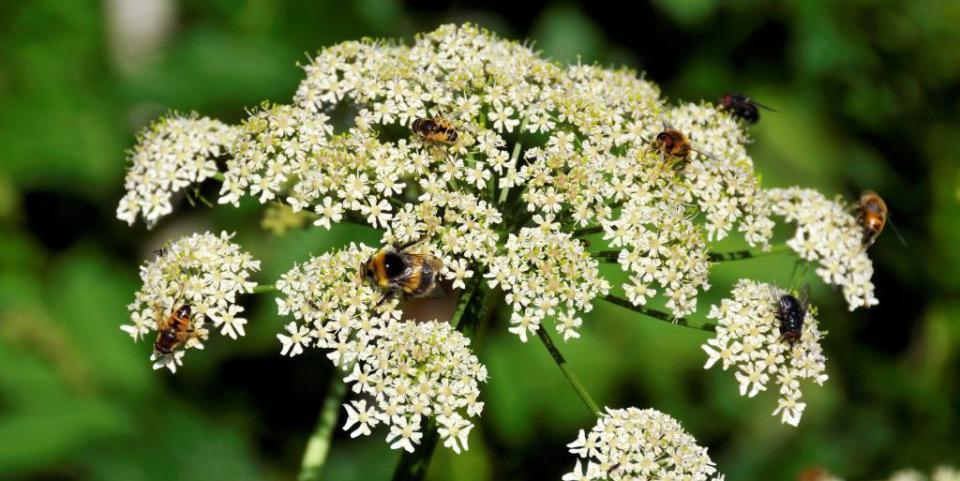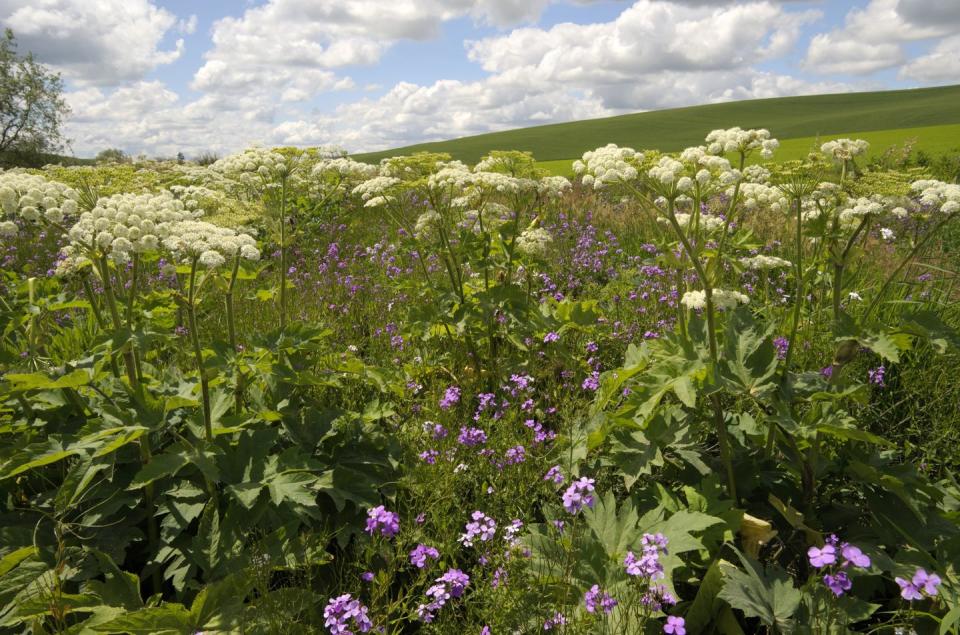Walkers urged to take care over dangerous hogweed

Is hogweed poisonous? It may be a common weed in the UK but that doesn't mean it is harm-free, as one man found out after brushing against it while gardening at home.
Nathan Davies’ leg reacted after it came into contact with common hogweed – it became covered in blisters and sores and was too painful to walk on.
The reaction was so severe, it has been reported that the father-of-one had to undergo several emergency operations. Doctors have said he may need skin grafts to fully repair the injury.
Nathan is now urging others to beware of the dangers of the plant. Here’s everything you need to know about it…
Common hogweed and giant hogweed
Common hogweed, otherwise known as native hogweed or cow parsnip, is part of the same family as fennel, cow parsley, ground elder and giant hogweed. If the plant is cut or slashed, it releases sap. Chemicals within the sap can cause blistering and burning when then they come into contact with human skin. It causes photosensitivity and the skin becomes highly sensitive to sunlight.
But the real culprit is giant hogweed, which can grow over three metres tall and is much more dangerous and can cause more severe reactions. Look out for a thick green stem and clustered white flowers. See the picture below...

According to the RHS website, 'most gardeners will want to eradicate it, as it is potentially invasive and the sap can cause severe skin burns. It is widely distributed in the wild and poses a serious risk to people who are unaware of its potential for harm.'
Where does hogweed grow?
Common hogweed can be found along roads, by rivers, in hedges, meadows and woods. The plant thrives in moist, nitrogen-rich soils. So be careful when gardening, going for walks in the country and alongside rivers.
Giant hogweed is less common but can still be found mainly in woodland, heathland and infested gardens.

RHS' top tips on how to get rid of hogweed
1. Always wear gloves and protective clothing, covering your arms and legs when removing hogweed.
2. You may also want to wear a face mask to be extra cautious.
3. If your skin comes into contact with the plant, wash it immediately with cold water.
4. Pull up young plants from the root when soil is moist. It’s best to do this in May before the flowering head has been produced.
5. Don’t let hogweed seeds set in the soil.
6. If cutting stems, do so in overcast weather conditions to reduce potential for photosensitivity.
7. Wash tools and clothes after use.
8. Dispose of hogweed with care by composting or burning.
You Might Also Like

 Yahoo Finance
Yahoo Finance 
